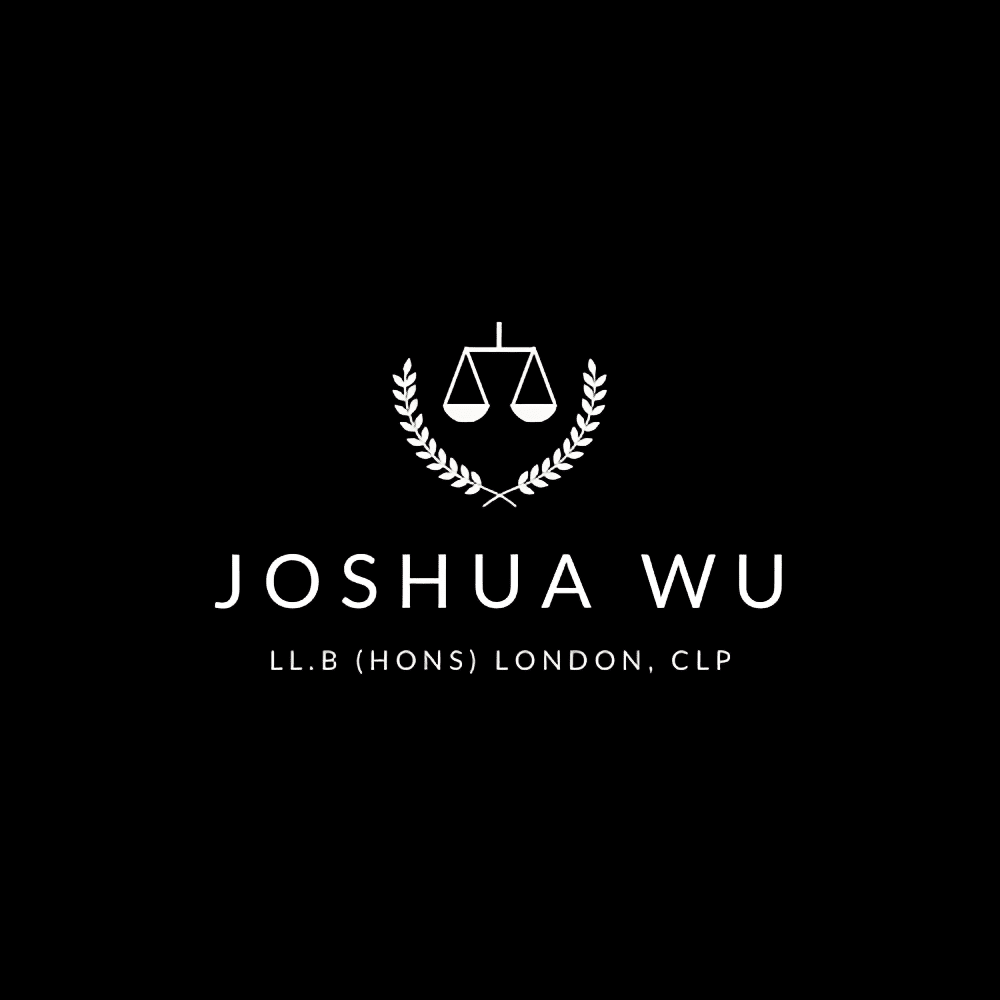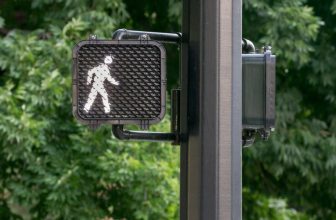
In Ayer Molek Rubber Co Bhd v Insas Bhd & Anor [1995] 2 MLJ 734 (“Ayer Molek”), the Court of Appeal had made certain remarks against the High Court judge, the applicants, and the applicants’ counsel in its written grounds of judgment.[1]
On the appeal to the Federal Court in Insas Bhd. & Anor v. Ayer Molek Rubber Co. Bhd. & Ors [1995] 2 MLJ 833 (“Insas Bhd”), and on the application of the applicants, the Court of Appeal’s remarks were expunged:
“The objectionable and wholly offensive remarks made against a court of law, the plaintiffs and their solicitors, and the learned High Court judge, all of whom had had no opportunity to defend themselves in the face of such unwarranted and unjustified criticisms, ought to be expunged from the judgment of the Court of Appeal, as it has a tendency to bring the whole administration of law and order in the courts into disrepute. It is judicially recognized that judicial pronouncements should be judicial in nature and not depart from sobriety, moderation, and reserve.” (Emphasis mine)
The Supreme Court of India in The State of Uttar Pradesh vs Mohammad Naim AIR 1964 SC 703 (“Mohammad Naim”) laid down the following instructive test when considering whether to expunge remarks made in written grounds of judgment:
“It has been judicially recognised that in the matter of making disparaging remarks against persons or authorities whose conduct comes into consideration before courts of law in cases to be decided by them, it is relevant to consider: (a) whether the party whose conduct is in question is before the court or has an opportunity of explaining or defending himself: (b) whether there is evidence on record bearing on that conduct justifying the remarks; and (c) whether it is necessary for the decision of the case, as an integral part thereof, to animadvert on conduct. It has also been recognised that judicial pronouncements must be judicial in nature, and should not normally depart from sobriety, moderation and reserve.”[2] (Emphasis mine)
The test in Mohammad Naim did not feature in Insas Bhd even though Mohammad Naim was decided 30 years prior.[3]
Having said that, the factors taken into account by the Federal Court in Insas Bhd appear to mirror the considerations laid out in Mohammad Naim.
The test in Mohammad Naim, interestingly, was adopted and then added to by the Federal Court in Metramac Corporation Sdn Bhd (formerly known as Syarikat Teratai KG Sdn Bhd) v Fawziah Holdings Sdn Bhd; Tan Sri Halim Saad & Che Abdul Daim Hj Zainuddin (interveners) [2007] 5 MLJ 501:
“In State of Uttar Pradesh v Mohd. Naim, SK Das J, delivering the judgment of the court said that in such cases ‘it is relevant to consider (a) whether the party whose conduct is in question is before the court or has an opportunity of explaining or defending himself; (b) whether there is evidence on record bearing on that conduct justifying the remarks; and (c) whether it is necessary for the decision of the case, as an integral part thereof, to animadvert on that conduct’.
I agree that the sensible approach for this court to take is first to consider whether the statements, on the face of it, are offensive, objectionable, disparaging, unjust, unjustified and so on. If so, then the court should consider the three points mentioned above. However, there may be other factors arising from the circumstances of the case that may be relevant.”[4] (Emphasis mine)
However, the test in Mohammad Naim was applied as is by the Federal Court in Dato’ Seri Anwar bin Ibrahim v Public Prosecutor [2014] 3 MLJ 774[5]:
“Based on the above three considerations or tests propounded in the case of Mohd Naim and applying them in the context of the present case we agree with the submissions of learned deputy public prosecutor that the three tests had been satisfied justifying the learned judge to make the remarks which the learned judge did in the impugned paragraph.” (Emphasis mine)
The courts in the following cases expunged remarks from the written grounds of judgments of the courts below them:
1. PCP Construction Sdn Bhd v Leap Modulation Sdn Bhd (Asian International Arbitration Centre, intervener) [Federal Court Civil Application No 08(i)-394–07 of 2018(W)][6];
2. Lim Tuck Sun v Celcom (M) Bhd & Ors [2025] MLJU 1204 (CA);[7] and
3. Phileo Promenade Sdn Bhd & Anor v Premier Model (M) Sdn Bhd [2003] 2 MLJ 159 (CA)[8].
[1] E.g. see Ayer Molek Rubber Co Bhd v Insas Bhd & Anor [1995] 2 MLJ 734 (CA), at pp. 738, 743
[2] The State of Uttar Pradesh vs Mohammad Naim AIR 1964 SC 703 (SC) [https://indiankanoon.org/doc/1498181/]
[3] Granted that decisions of the Supreme Court of India are not binding on the Federal Court of Malaysia
[4] Metramac Corporation Sdn Bhd (formerly known as Syarikat Teratai KG Sdn Bhd) v Fawziah Holdings Sdn Bhd; Tan Sri Halim Saad & Che Abdul Daim Hj Zainuddin (interveners) [2007] 5 MLJ 501 (FC), at p. 548
[5] Dato’ Seri Anwar bin Ibrahim v Public Prosecutor [2014] 3 MLJ 774 (FC), at para 12
[6] See the grounds of judgment of the Federal Court in PCP Construction Sdn Bhd v Leap Modulation Sdn Bhd (Asian International Arbitration Centre, intervener) [2019] 4 MLJ 747 (FC), specifically paragraphs 9 to 25
[7] Lim Tuck Sun v Celcom (M) Bhd & Ors [2025] MLJU 1204 (CA), at para 113
[8] Phileo Promenade Sdn Bhd & Anor v Premier Model (M) Sdn Bhd [2003] 2 MLJ 159 (CA), at p. 167






